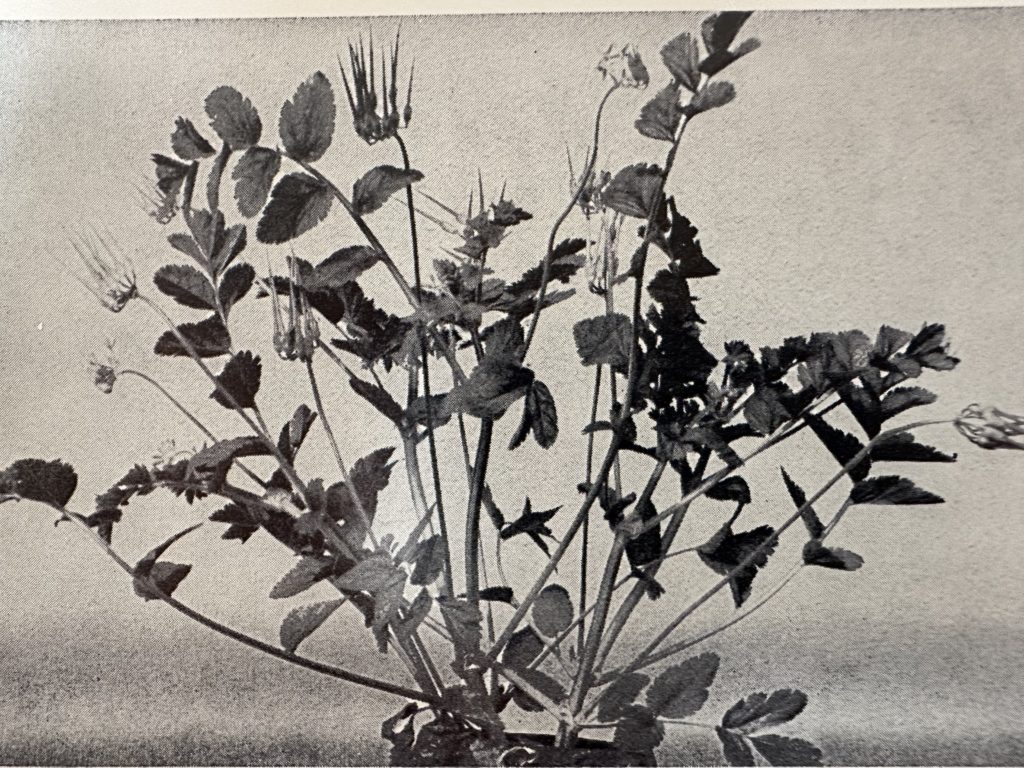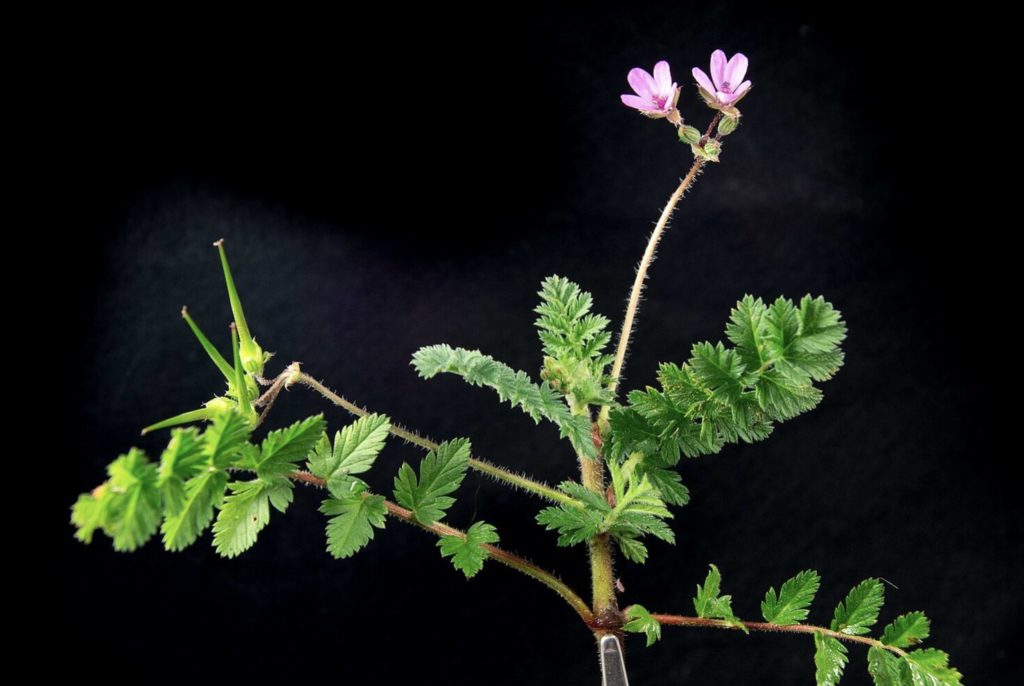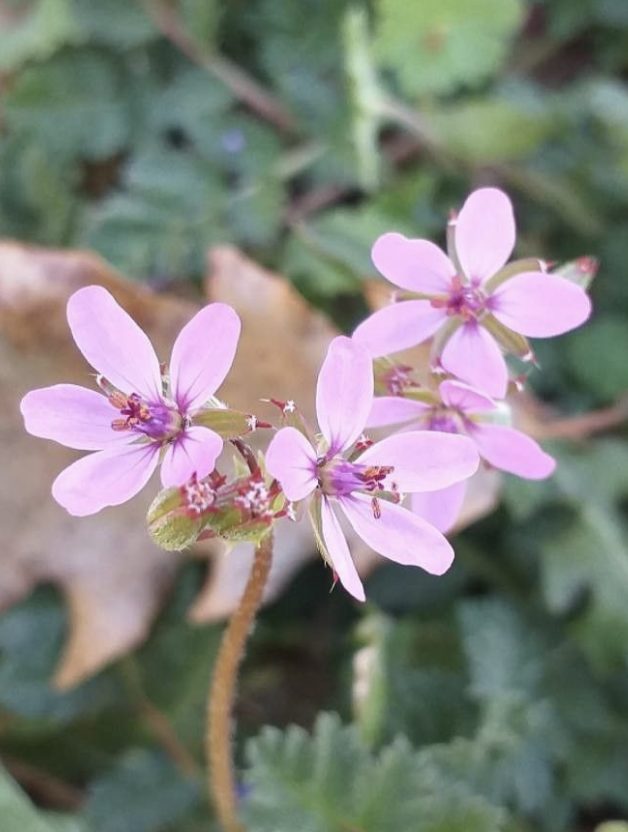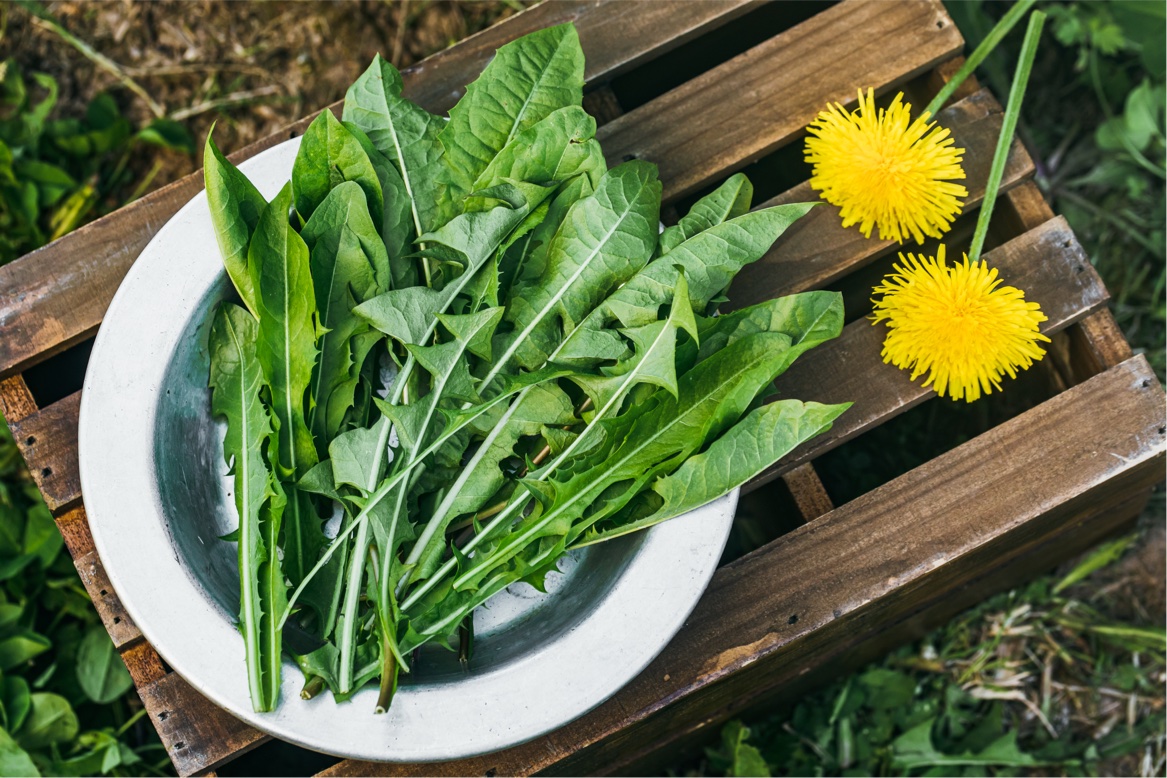Filaree, scientifically known as Erodium spp., or Storksbill, is a resilient and versatile plant that has captivated gardeners and herbalists for centuries. With a rich history, diverse uses, and ornamental appeal, filaree holds a special place in both horticulture and traditional medicine. This comprehensive article delves into the fascinating world of filaree, exploring its historical significance, practical applications, cultivation techniques, and distinctive appearance.
Tracing the History of Filaree
Filaree has a storied history that spans continents and civilizations. Originating in the Mediterranean region, it has been cultivated and valued by humans for its culinary, medicinal, and agricultural attributes since ancient times. Early records indicate that filaree was esteemed by ancient Greeks and Romans for its medicinal properties, with references to its use as a remedy for various ailments.
As European settlers migrated to North America, they brought filaree seeds with them, introducing the plant to new landscapes. Filaree quickly naturalized in many regions of the continent, adapting to diverse climates and soil conditions. Its ability to thrive in challenging environments earned it a reputation as a hardy and resilient species, cherished by farmers and homesteaders alike.
Exploring the Uses of Filaree

Filaree offers a multitude of practical uses, ranging from culinary applications to medicinal remedies. Here are some of the key uses of this versatile plant:
1. Culinary Uses:
– Filaree leaves are edible and can be used fresh in salads or cooked as a nutritious green vegetable.
– The seeds of certain filaree species are also edible and can be ground into flour or used as a crunchy topping.
2. Medicinal Properties:
– Traditionally, filaree has been used in herbal medicine to treat various ailments, including diarrhea, sore throat, and skin inflammations.
– The leaves and roots of filaree contain bioactive compounds such as tannins, flavonoids, and antioxidants, which may contribute to its therapeutic effects.
3. Soil Improvement:
– Filaree is a nitrogen-fixing plant, meaning it has the ability to convert atmospheric nitrogen into a form that is usable by plants.
– As a pioneer species, filaree plays a role in stabilizing soil, preventing erosion, and improving soil fertility in disturbed or degraded areas.
Cultivating Filaree in Your Garden
Growing filaree is relatively straightforward, making it an ideal addition to gardens, landscapes, and naturalized areas. Follow these steps for successful filaree cultivation:
1. Site Selection:
– Choose a sunny to partially shaded location with well-drained soil for optimal filaree growth.
– Filaree is adaptable to various soil types but prefers sandy or loamy soils with good drainage.
2. Planting Filaree:
– Sow filaree seeds directly into the ground in early spring or late summer, as soon as the soil can be worked.
– Scatter seeds evenly over the soil surface and lightly rake them in, covering them with a thin layer of soil.
3. Care and Maintenance:
– Keep the soil consistently moist but not waterlogged during the germination period.
– Once established, filaree is drought-tolerant and requires minimal maintenance. Remove any weeds or competing vegetation to prevent overcrowding.
Identifying Filaree – Characteristics and Appearance

Filaree can be identified by several distinctive features that set it apart from other plants:
1. Growth Habit:
– Filaree is a low-growing annual or perennial herbaceous plant that forms spreading mats or clumps.
– Its stems are slender, wiry, and often reddish in color, with small, deeply lobed leaves arranged alternately along the stems.
2. Flowers:
– Filaree produces small, five-petaled flowers that range in color from pink to purple or white, depending on the species.
– The flowers are borne on elongated stems and bloom throughout the growing season, attracting pollinators such as bees and butterflies.
3. Seed Pods:
– After flowering, filaree develops distinctive seed pods known as “beak fruits” or “storksbills” due to their elongated shape resembling the beak of a bird.
– The seed pods contain small, hooked seeds that are dispersed by attaching to the fur or feathers of passing animals or humans.
Conclusion:
Filaree, with its rich history, diverse uses, and distinctive characteristics, exemplifies the resilience and adaptability of plants in the natural world. Whether appreciated for its culinary delights, medicinal virtues, or ecological benefits, filaree continues to enchant and inspire gardeners, herbalists, and nature enthusiasts around the globe.
By understanding its fascinating history, harnessing its practical applications, and embracing its ornamental appeal, we can cultivate a deeper appreciation for filaree and its enduring contributions to our lives and landscapes. Through careful cultivation and observation, we can unlock the full potential of this remarkable plant, ensuring its legacy for generations to come.




